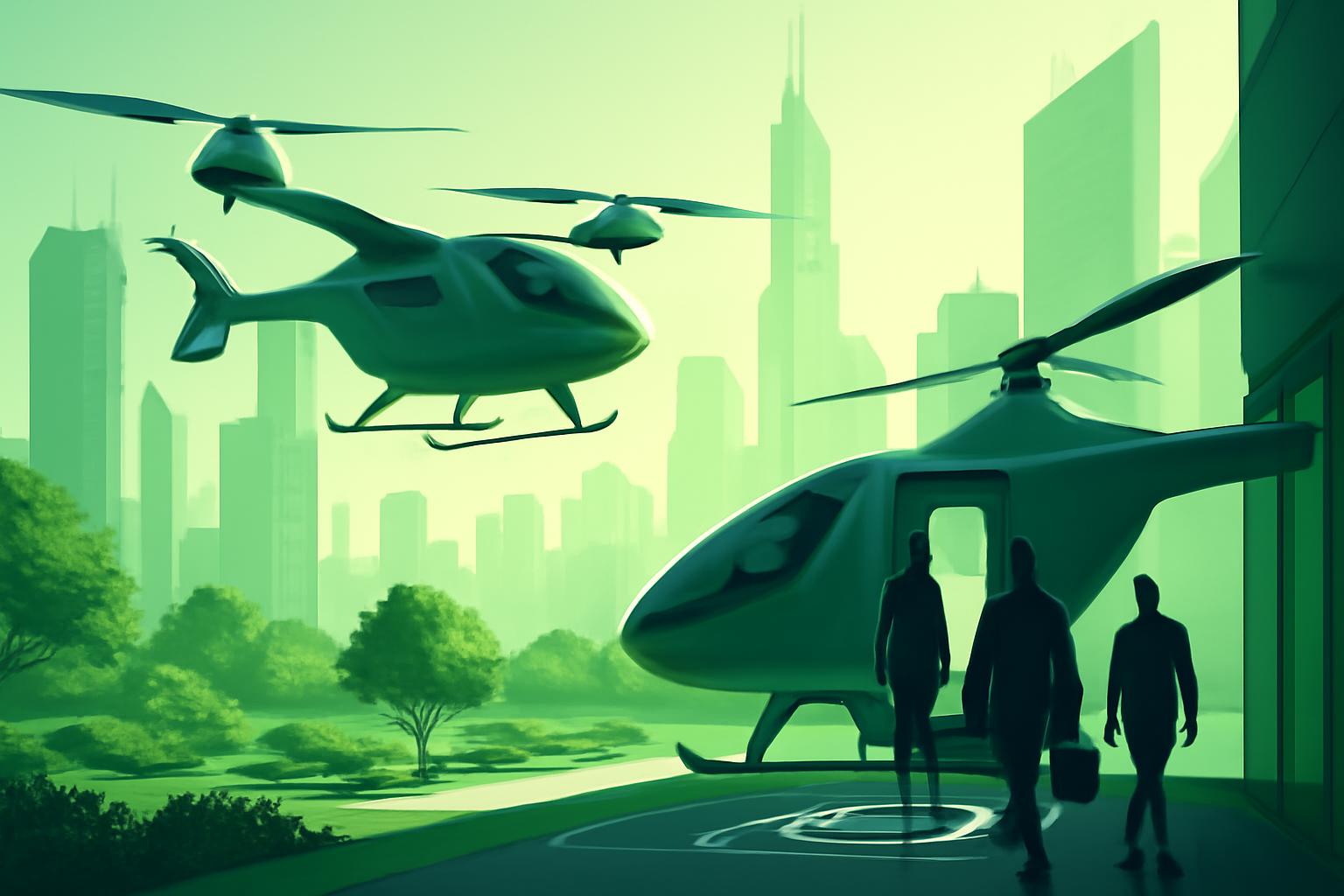Uber to Launch Blade Helicopter Rides through Expanded Partnership with Joby Aviation
Uber announced on Wednesday its plan to introduce Blade helicopter rides through its app as early as 2026. This move builds on the company’s ongoing collaboration with Joby Aviation, an electric air taxi manufacturer, following Joby’s recent acquisition of Blade.
Joby’s Acquisition of Blade Strengthens Urban Air Mobility Push
In August 2025, Joby Aviation completed a $125 million acquisition of Blade, a company specializing in helicopter and air transportation services. Notably, the deal excluded Blade’s medical organ transplant division. Blade reported chartering at least 50,000 passengers last year from 12 urban terminals, underscoring its established presence in the market.
JoeBen Bevirt, Joby’s founder and CEO, described integrating Blade into Uber’s platform as a “natural next step” that will pave the way for introducing quiet, zero-emissions aircraft in the future.
Uber’s Longstanding Commitment to Air Transportation
Uber has pursued urban air mobility for several years. The company initially partnered with Joby in 2019 and subsequently sold its Elevate flying taxi division to Joby in 2020. Andrew Macdonald, Uber’s president and chief operating officer, emphasized that this partnership will usher customers into the “next generation of travel,” reinforcing Uber’s belief in the potential of air transportation.
Uber has yet to release detailed information about booking procedures or pricing, indicating that further announcements will come closer to the 2026 launch.
Regulatory and Market Challenges Ahead
Joby and other competitors in the electric air taxi sector face ongoing regulatory scrutiny from the Federal Aviation Administration (FAA). While proponents highlight the potential benefits—such as reducing traffic congestion and lowering emissions—widespread adoption depends on securing necessary approvals and public acceptance.
FinOracleAI — Market View
Uber’s integration of Blade helicopter rides marks a significant step toward expanding its mobility offerings into urban air transport. The partnership leverages Joby’s acquisition to combine established helicopter services with emerging electric aircraft technology, potentially positioning Uber as a leader in next-generation travel.
Risks remain around regulatory approvals and consumer adoption, which could delay or limit the rollout. Investors should monitor FAA regulatory developments and Uber’s operational updates for clearer visibility on the project’s progress and scalability.
Impact: positive













